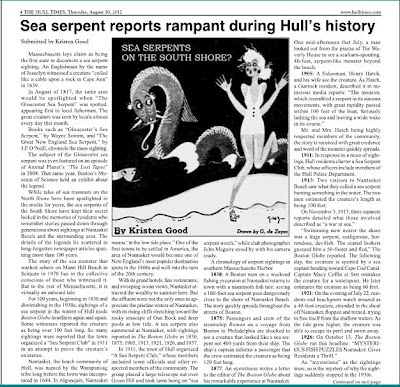The Swansea Roof Raiser of 1942

In April of 1942, a freak tornado dropped into the town of Swansea, causing almost NO damage. Affecting only a pavilion roof in its wake, what it did with the roof is nothing short of BIZARRE. The short- lived and weak stamina tornado was reported to have path of not more than 300 yards. The five-ton wooden roof--measuring 65 x 20 feet--was carried "light as a feather high above the tree tops for 450 feet and then gently deposited intact..." ON IT'S OWNER"S LAWN! Witnesses claimed to have seen the wooden roof lifted vertically off the pavilion about 100 feet in the air before it "sailed" over a pasture. "It seemed to be held in air, they said, by an inverted cone of dust." The owner of the pavilion witnessed the entire event. She claimed the roof "sailed over the pasture travelling 200 feet, then circled back and passed over the roof of their house and came to rest on the lawn." "Witnesses said the wooden roof was lifted al





